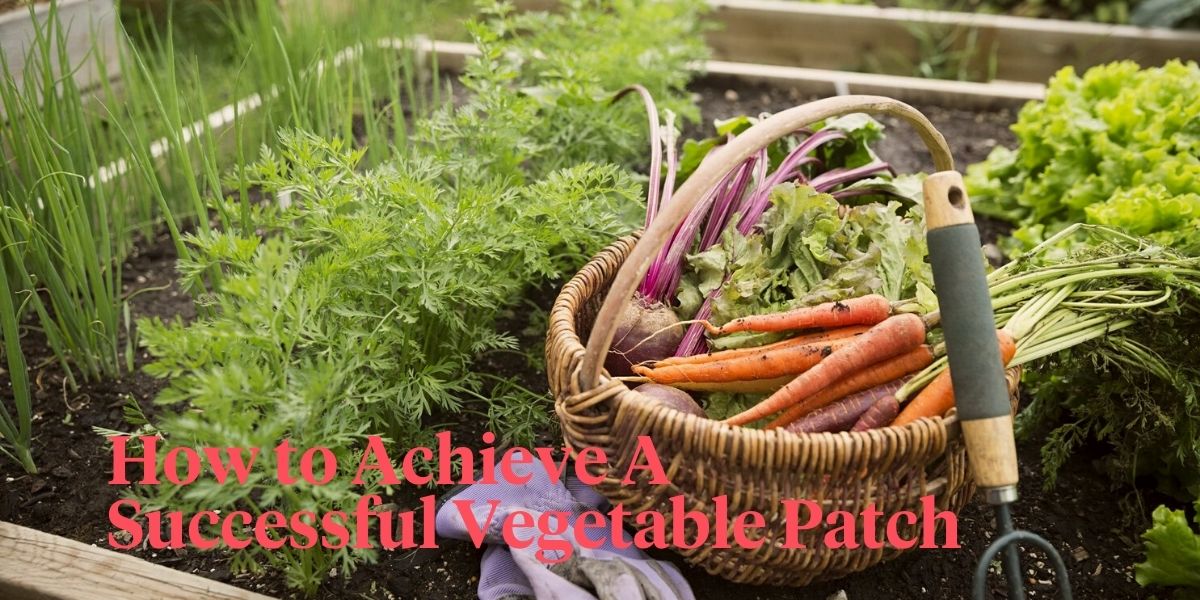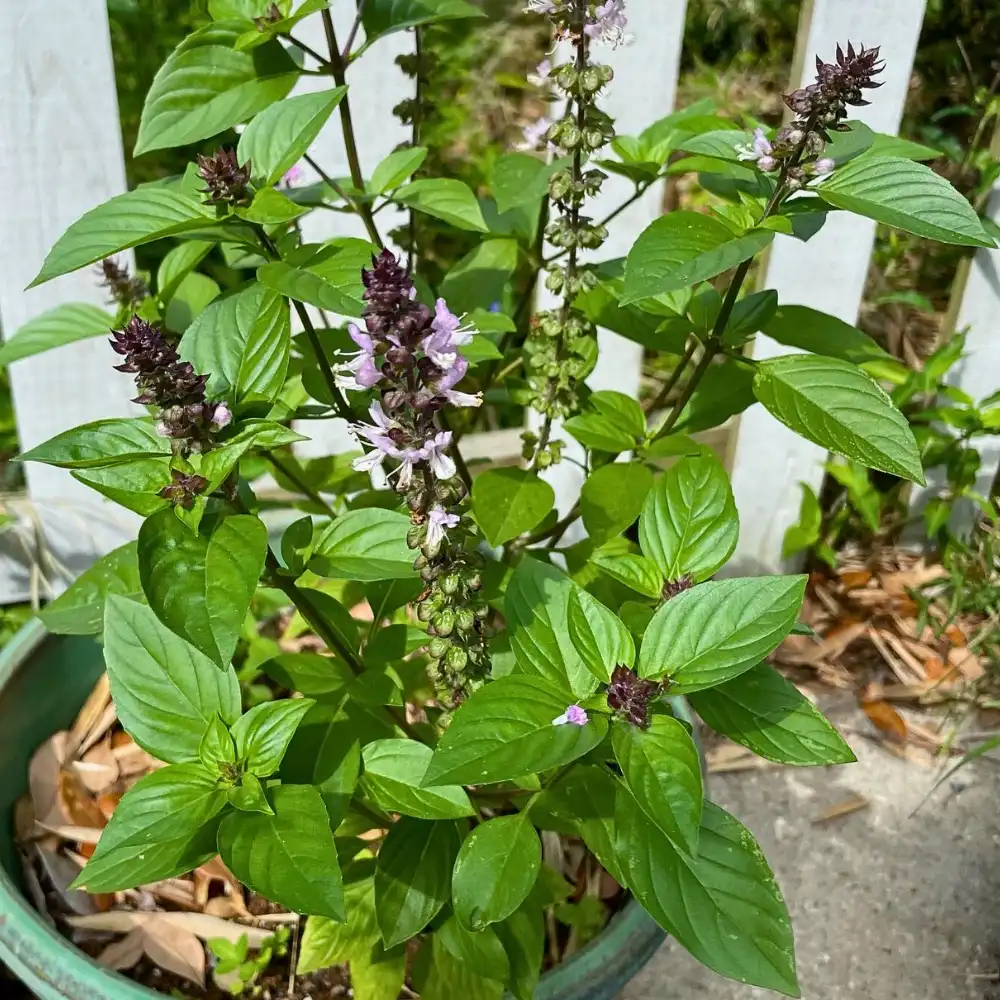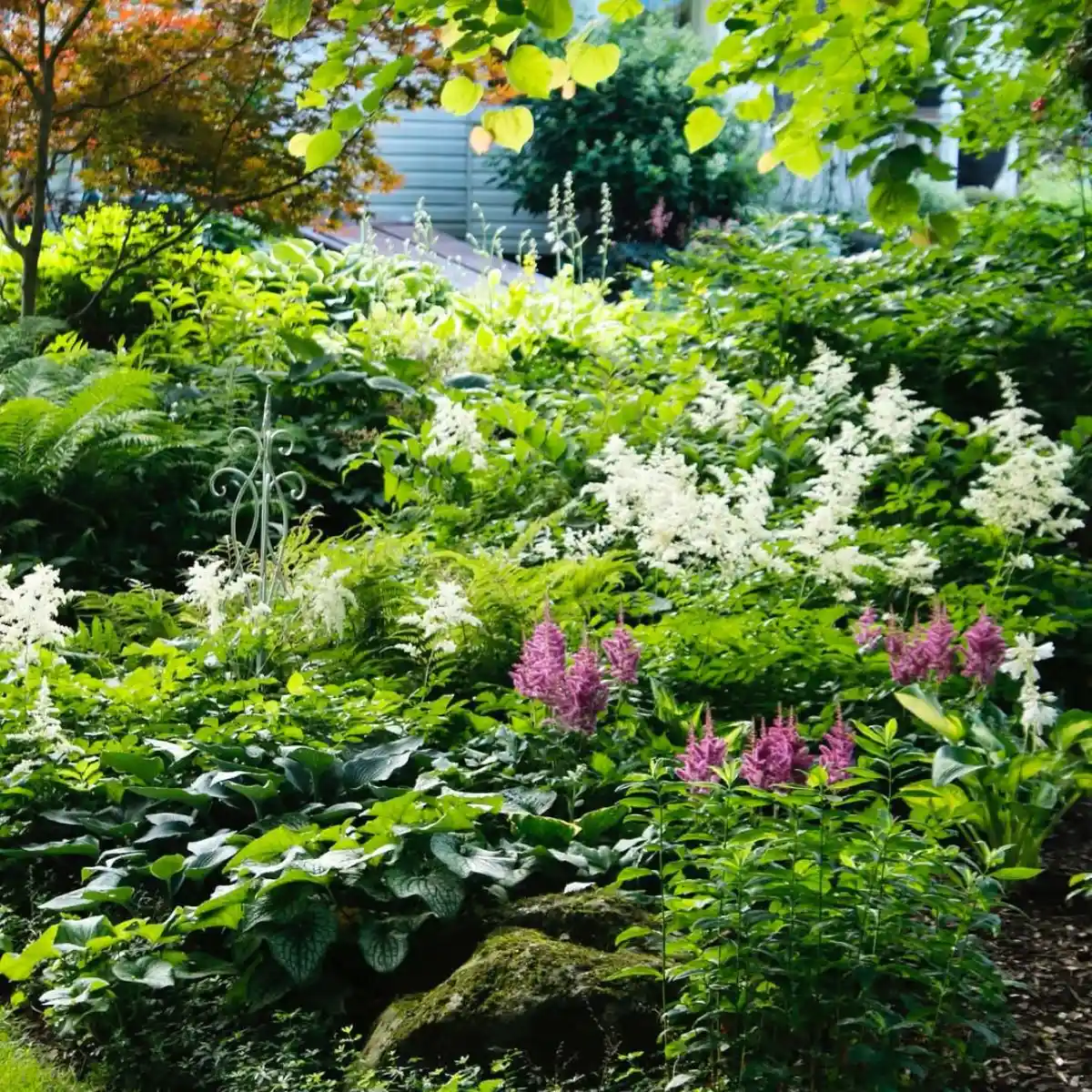Having your vegetable patch where you can decide what type of veggies, herbs, or spices you want to plant is probably one of the best ideas out there. Besides having your favorite foods in your garden at an instant reach, you'll also have access to more organic and healthy nutrients for your body. These are the seven tips that'll get you a thriving vegetable patch.
7 Tips To Nail The Set-Up Of Your Next Vegetable Patch
If you’re looking to keep your veggie intake as organic as possible as well as save some money on weekly grocery shopping, then setting up a vegetable patch is the option you've been looking for. For those who love spending some time outdoors, it could become the perfect activity for you as well. Here’s a guide with seven efficient tips on how to put together the perfect vegetable patch.
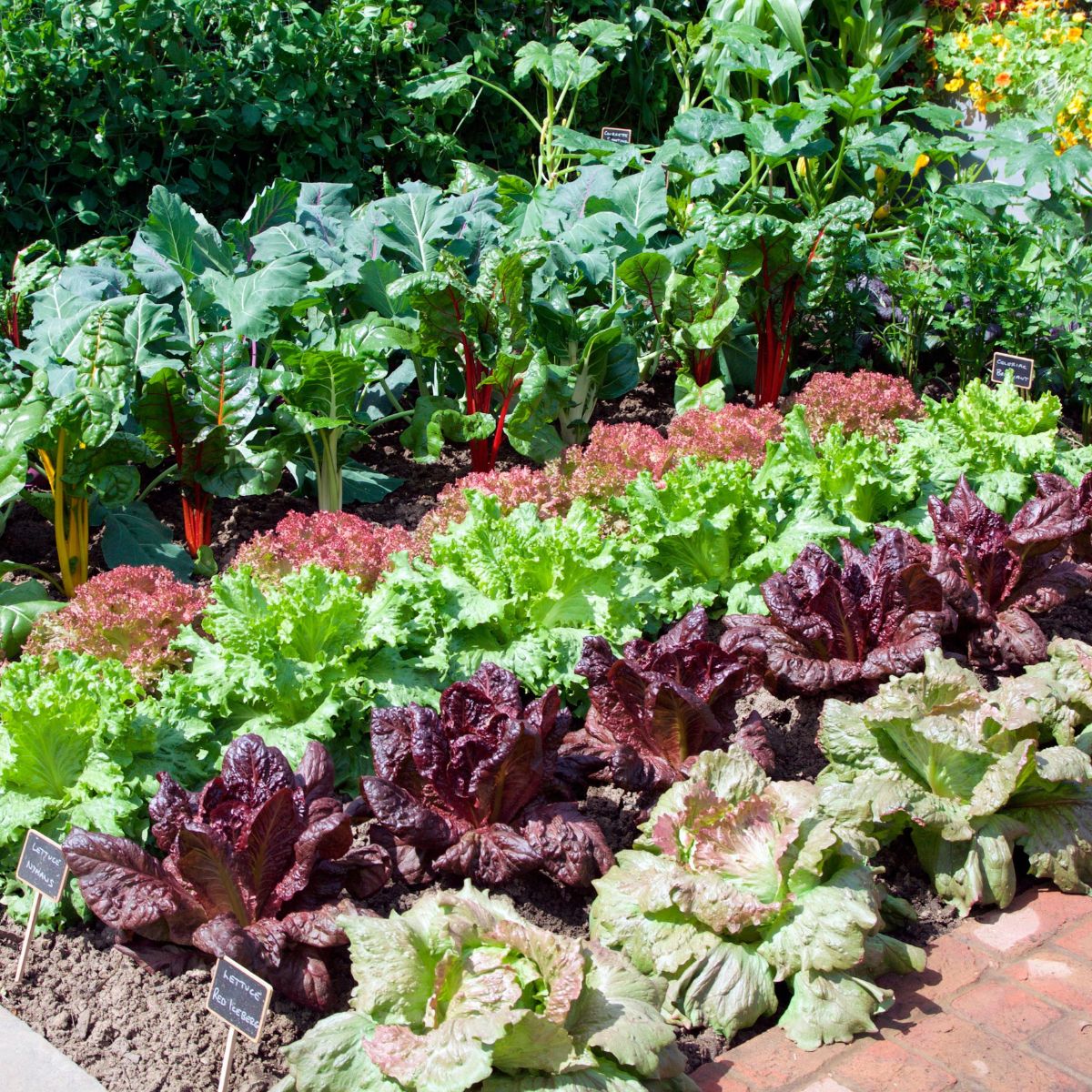
1. Pick the Right Location and Consider the Space Available
Not as much space is needed as you might think. Growing vegetables is as easy as just growing them in containers on your garden or patio.
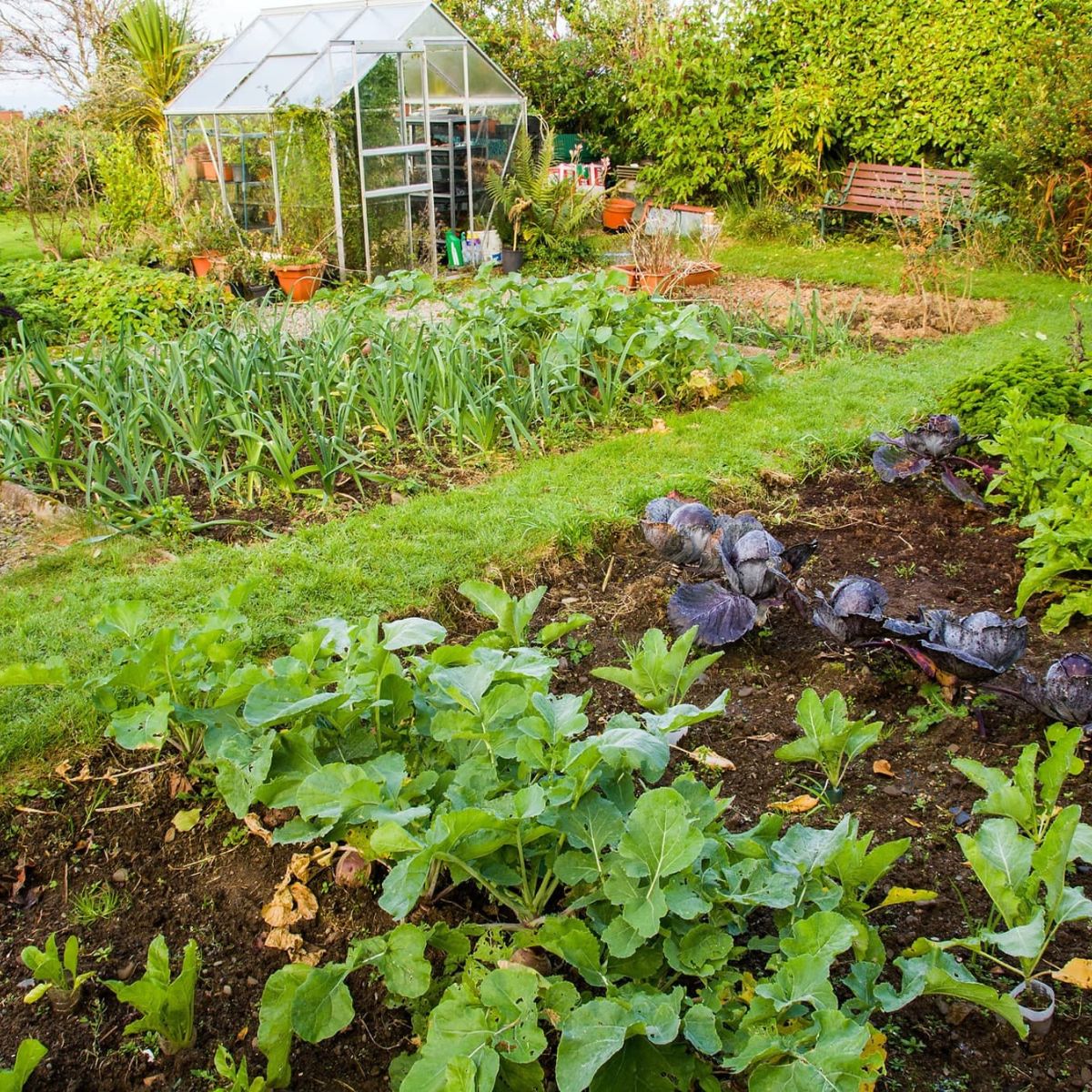
One of the seven best tips to set up a vegetable patch correctly is picking a light airy spot that gets a lot of sunshine during the day, and won’t be overshadowed by taller plants. Although your veggies will enjoy a thorough amount of light, you also need to make sure they receive some shade. For best results in your vegetable patch, give your plants some shelter as well, otherwise, wind and the elements, in general, can cause quite a lot of damage.
2. The Best Tip for a Vegetable Patch- Get It Fully Prepared
First things first, and most importantly, you’ll need to give your vegetable patch a thorough check-up to break up the soil and get rid of any remaining weeds that will not let them grow appropriately. Take the time to remove any weeds, roots, or stems so that they can’t re-grow, and remember to also remove as many stones from the soil as possible.
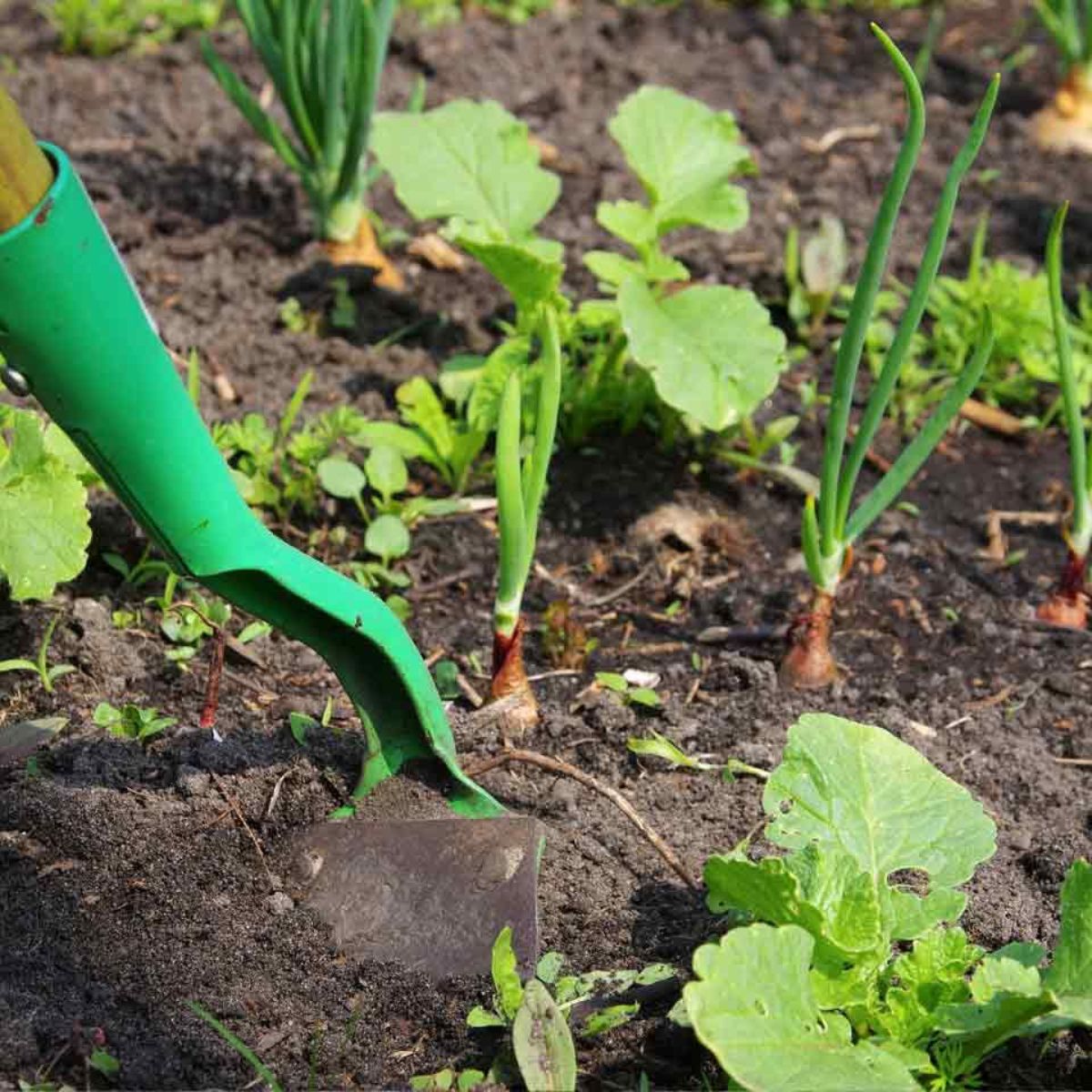
3. Prepare Your Soil
When it comes to nailing your next vegetable patch, the soil is the most important component and factor. A great tip to set up a vegetable patch will include a wide range of both compost and general organic matter to see it thrive 100%.
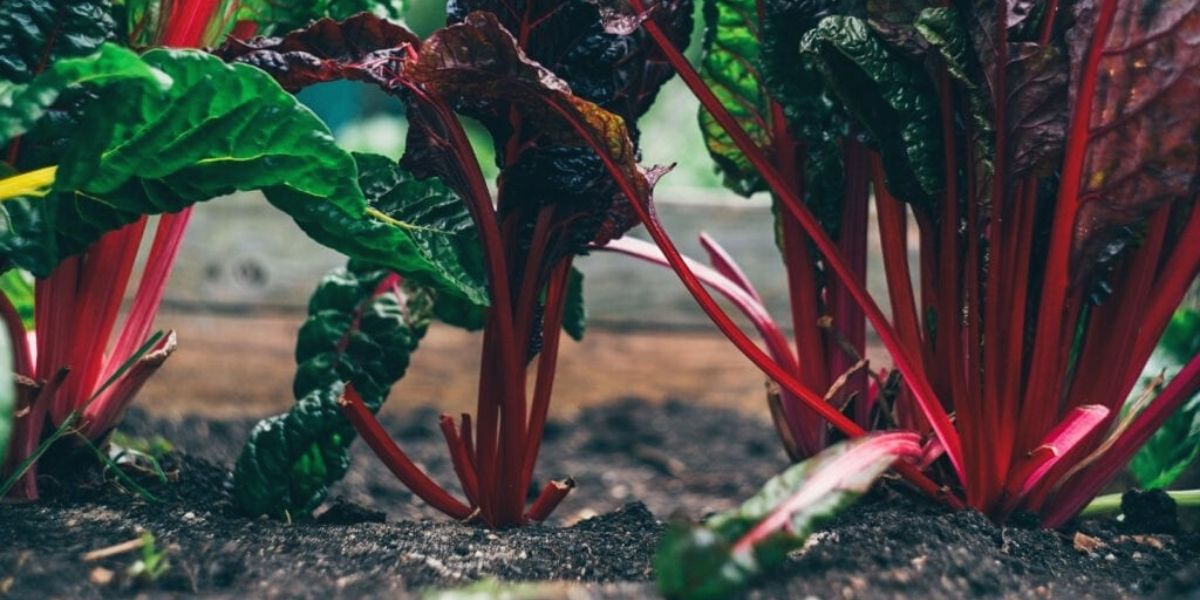
Good matter can include things like composted leaves or shredded aged bark, but whatever you use, make sure that you’ve added enough of it to prevent the soil from becoming either compacted or sandy.
4. Arrange Your Plants
Once you’ve got an idea of how you want to use the space, our next great tip to set up a vegetable patch is to arrange your plants carefully. Rather than planting in square patterns or rows, consider staggering the plants by planting in triangles instead.
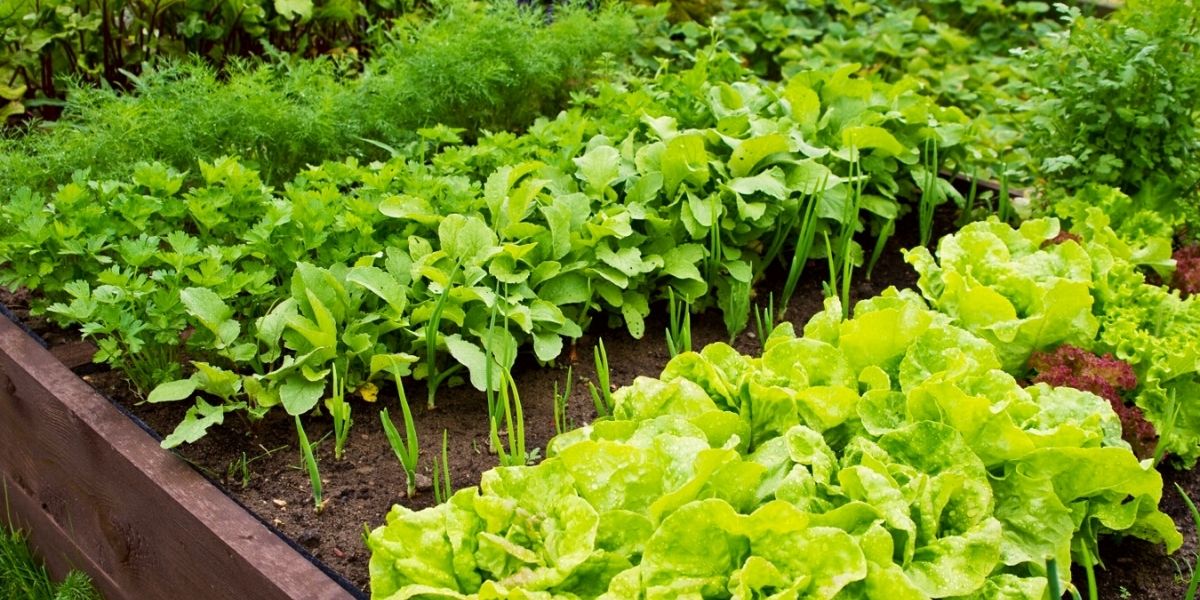
Did you know that by implementing this method, you can fit 10 to 14 percent more plants in each potting bed? PS: avoid placing plants too close together, as certain plants won’t grow well if they are overcrowded.
5. Vertical Growers Should Be Included
If you’ve got limited amounts of space available, then a great tip to set up a vegetable patch like a pro is to include vertically growing plants such as tomatoes, beans, peas, and cucumber. The greatest benefit vertical growers offer is they are less susceptible to fungal issues and are therefore easier to monitor in real-time.
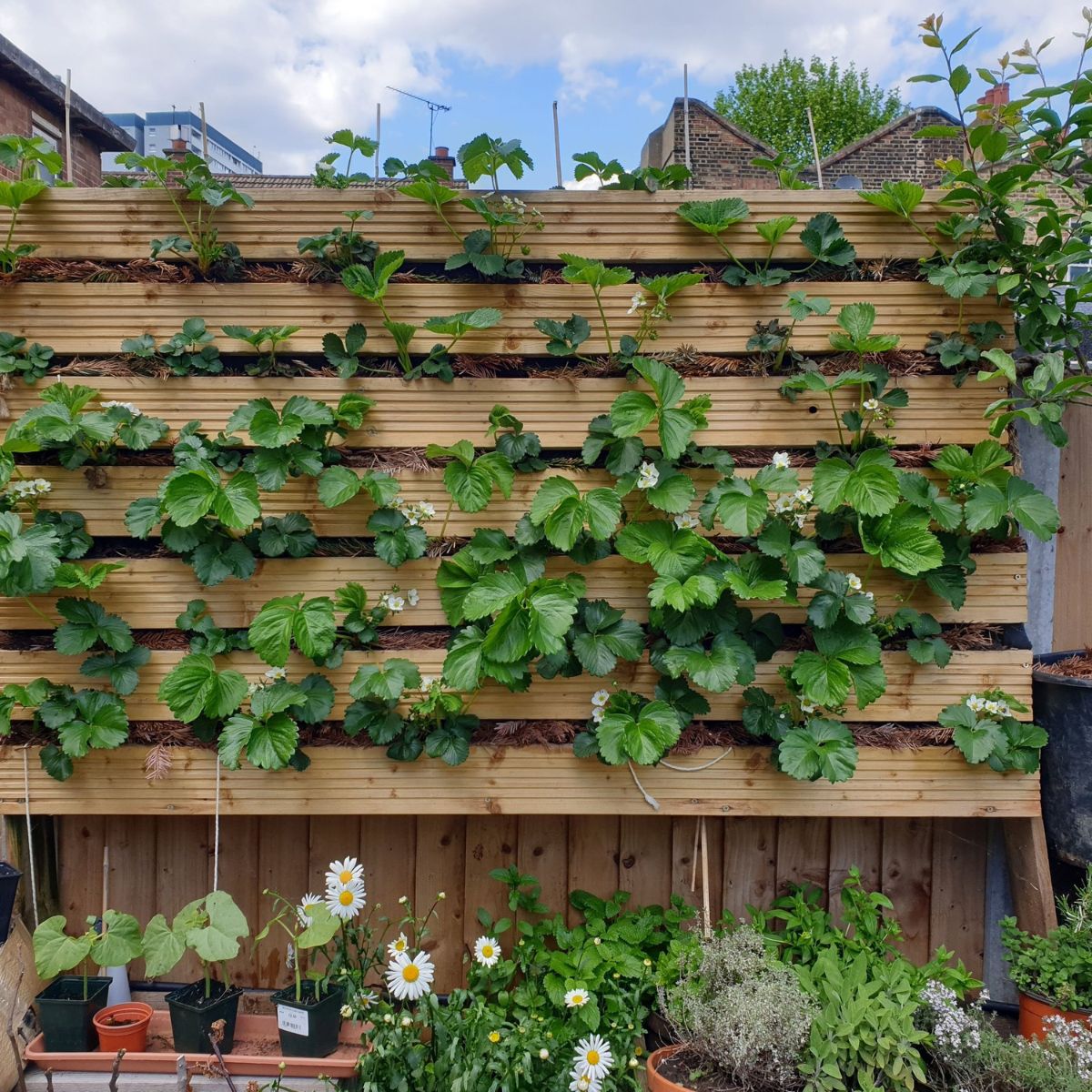
6. Use Limited Amounts of Pesticide to Care For Your Vegetable Patch
When having a vegetable patch, you'll always encounter pests, it's the harsh reality. However, there’s no need to immediately shower them in pesticides. Where possible, only apply pesticides first thing in the morning when the pollinators and beneficial insects are least active, and if possible use an organic one. This tip will help you achieve a great vegetable patch without harming your plants!
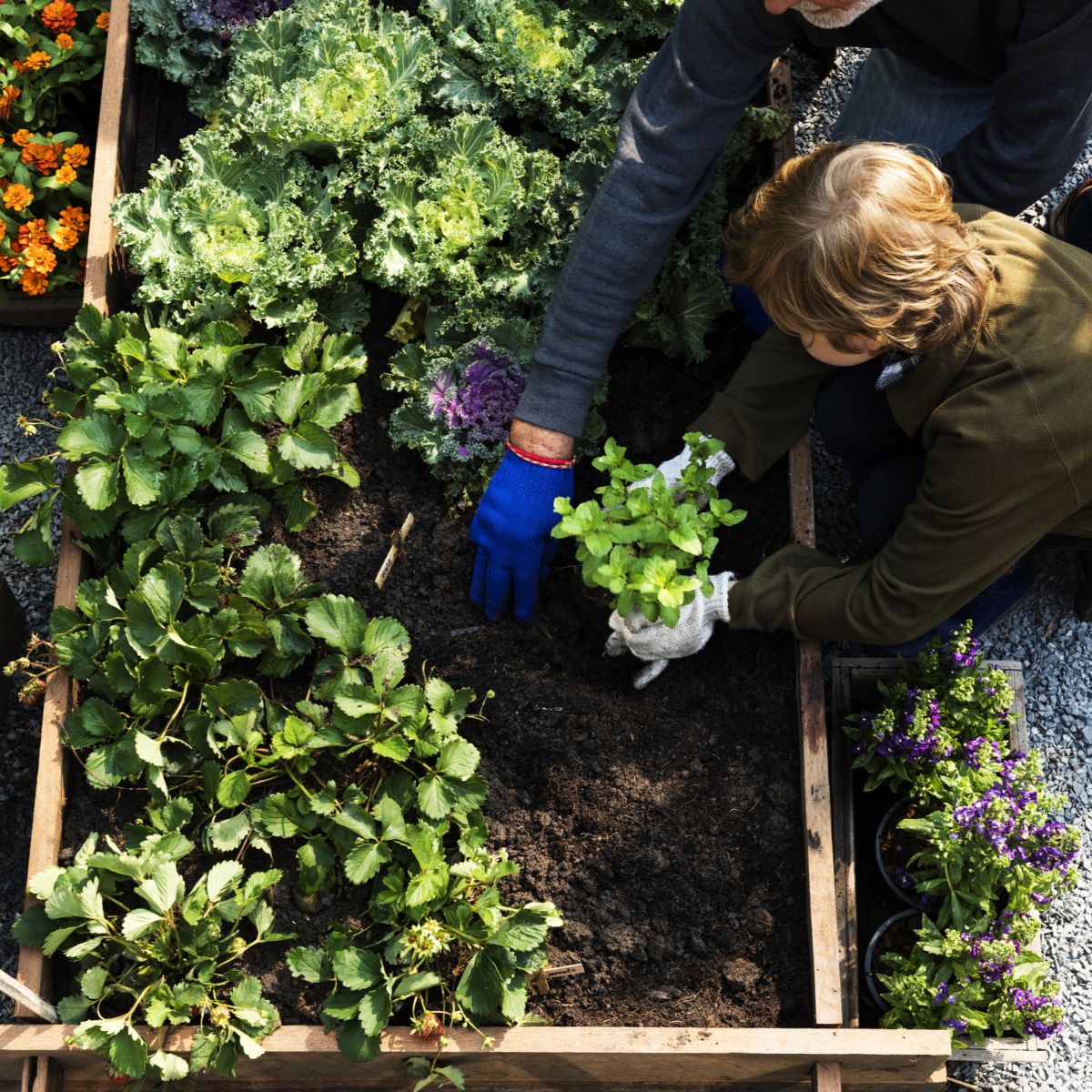
7. Fertilize Appropriately
Whilst fertilizer can be very beneficial in certain situations, overdoing it (especially if it contains nitrogen substances) in the early months can mean a cut and decrease in your veggie harvest. For better results in your vegetable patch, rely on good organic compost.

